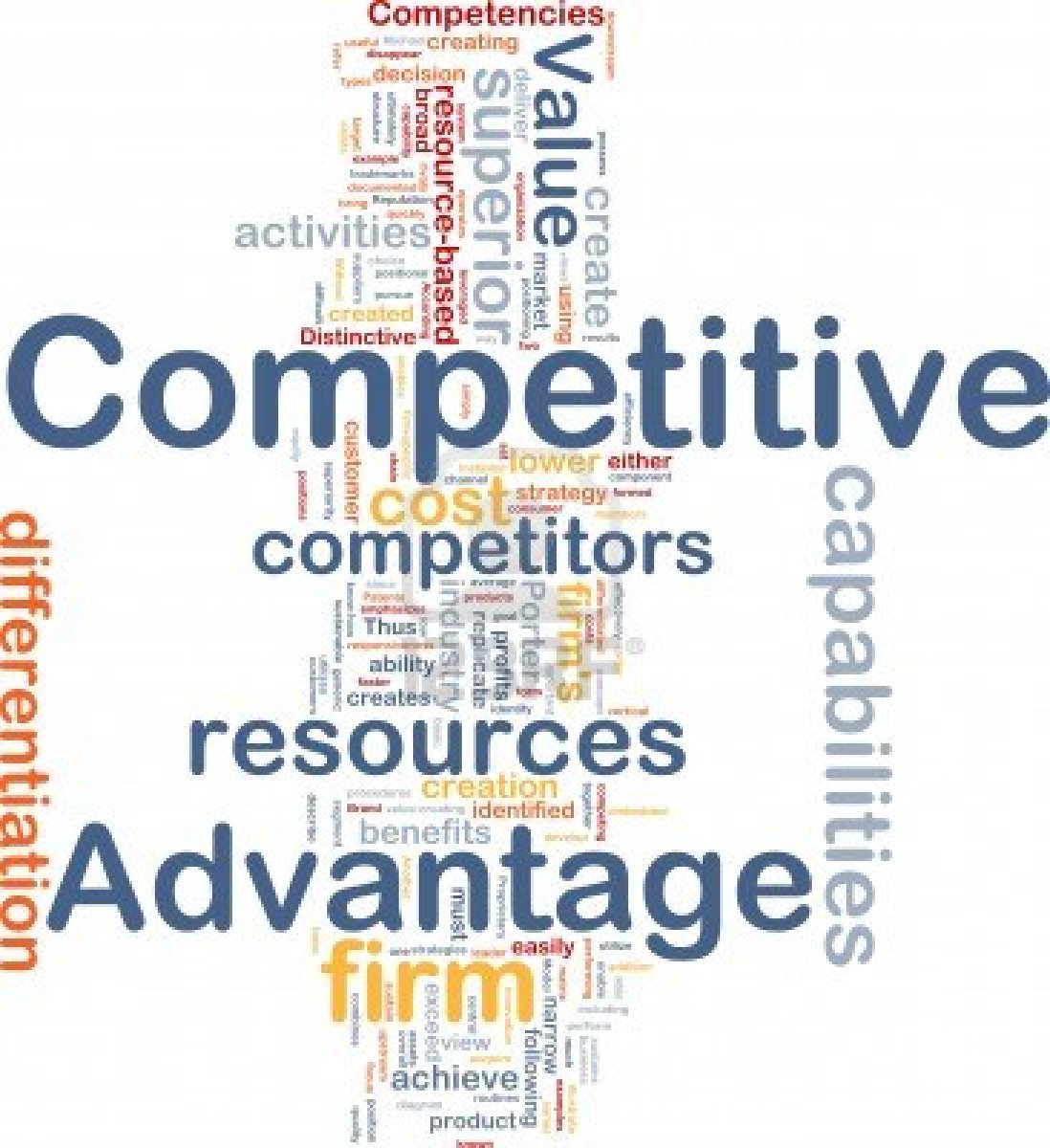CHAPTER 2: IDENTIFYING COMPETITIVE ADVANTAGE
learning outcome:
- knows how the competitive advantages are typically temporary
- can list and explain the Porter's Five Forces Model
- compare Porter's three generic strategies
- can describe relationship between business processes and value chain
what is competetive advantage?
- its an environmental scanning throughout external nor internal
- the concept of what makes your products / services are different from others
- PESTEL
competitive advantage:
- porter's five forces model
- porters 3 generise strategies
- relationship between business process and value chain
the five forces model:
- BUYER POWER
- in the process to produce low buyer power ( at the same time create competitive advantage ), an organization must make it more attractive to buy it from the company, not from the competitors
- one of the best way is to practices of it
2. SUPPLIER POWER
- supply power us the converse of buyer power
- suppliers ---} organization ( organization wants supplier power low here)
- organization ---} customers (organization wants supplier power high here)
- low : when buyers choices are many
- high : when buyers have few choices of whom to buy
3. THREATS OF SUBSTITUE PRODUCTS & SERVICES
- to understand, when customers can use different products to fulfill the same need, the threat of substitue exist
- switching cost which makes customer changes from using the certain product to using another brand of product.
- high: when are many alternatives of product
- low: when only few alternatives to choose
4. THREARS OF NEW ENTRANTS
- many threats comes from unexist company or have a presence in a given industry or market
- it makes the top management to follow the trends, especially in technology that might give rise to news competitors.
- high: when its easy to enter a market
- low: when there are barriers to enter market
- existing competitors are not much of the threats because normally every firm have its own niche(specialty)
- however, in changing of management, ownership, or rules can give rise of the threats for a long time survival frim existing firm
- high: when competition is fierce in market
- low: when co,mpetition is more complacent
the porter's 3 generis strategies
- cost leadership
- differentiation
- focused strategies
relationship between business and value chain
- add value to its products and services that support a profit margin for the firm


No comments:
Post a Comment